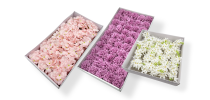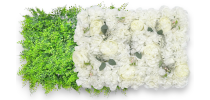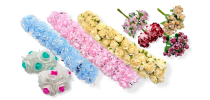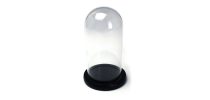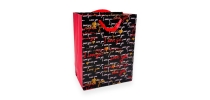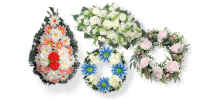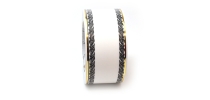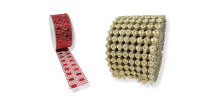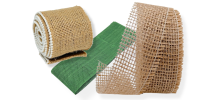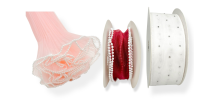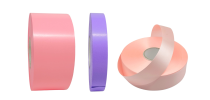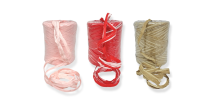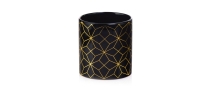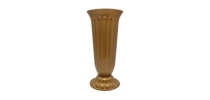0
Reindeer lichen is harvested and produced by artisans in the field and is used in various ways in the floral and art industry.
The particularly unique, rich and untouched nature of the island has a significant significance for the company in the form of lichen called Reindeer Lichen (Cladonia Stellaris). The company's patrimony in terms of muscle use stretches over 80 years; its owner is the third generation entrepreneur in the muscle sector. All phases of the entire production chain are completed manually.
The term "muscle" is commonly used to describe this material, but it is an incorrect term from a scientific perspective. Reindeer lichen is the right term and is botanically called Cladonia Stellaris. Lichen is made up of fungi, algae and grows without roots or leaves.
Reindeer lichen grows only in environments where the air is free or limited by pollution. The annual rate of production for commercial use is limited, so it is a very rare species. The lichen can grow up to 18cm - 25cm, but it takes about 25 years to get it. Under optimal conditions, lichen grows at a rate of 3-5 mm per year.
WHAT IS THE DIFFERENCE BETWEEN IT AND THE PRESERVED FLOWER?
Preserved flowers typically use glycerin and preservatives to dry the material and are estimated to retain color and texture for about 3-5 years. Reindeer lichen, on the other hand, resists and retains its color indefinitely due to the porous and hygroscopic structure of the species. Unlike canned flowers, reindeer lichen is able to remain soft by absorbing the surrounding moisture.
IS IT ALIVE?
Removing reindeer lichen from its habitat or its natural conservation causes the loss of growth capacity. However, unlike other preserved plants, it maintains its ability to remove substances and deodorize the atmosphere, due to its hygroscopic nature. Left alone, reindeer lichen will go through a soft and hard texture phase throughout the season, depending on the surrounding humidity.
COLOR?
The natural color of reindeer lichen is light gray, but it is colored using different natural pigments during preservation. The color paint is completely safe and compliant with purity with German BfR IX, European Resolution AP (89) 1, EU Directive 94/62 / EC and CONEG.
Some parts of the lichen may not have uniform colors. This is due to the lichen that has been exposed to the soil and sunlight while in its natural habitat.
SHOULD IT BE WET?
Canned reindeer lichen does not grow, so watering is not necessary. The hygroscopic property allows the lichen to remain soft using the surrounding moisture. Direct contact with water must be avoided at all times. When the preserved reindeer lichen comes in contact with water, the lichen will lose its hygroscopic properties and harden.
DOES IT HAVE THE CAPACITY TO REMOVE DUST PARTICLES?
Dust particles adhere to surfaces due to static electricity, but reindeer lichen is by nature anti-static, preventing dust from adhering. Dust deposition as a result of gravitational forces can be removed with an air blower.
CAN IT BE USED AS A DEHUMIDIFIER / HUMIDIFIER?
It is not as efficient as a conventional electric dehumidifier / humidifier. Preserved reindeer lichen absorbs or emits moisture from the surroundings, but with limits. Continuous removal or exudation of moisture is not possible.
WHAT ARE THE ADVANTAGES OF USING THEM IN LARGE QUANTITIES AS INTERIOR DECOR?
In addition to natural aesthetics, preserved reindeer lichen is flame retardant, has the ability to reduce ambient noise levels, deodorize odors by removing harmful substances such as ammonia, acetaldehyde and formaldehyde.
CAN MOLD GROW IN / OR ON THIS MATERIAL?
Mold and insects cannot grow or form a habitat in or on reindeer lichen preserved due to salinity.
WHAT IS THE SMELL OF LICHENS?
The scent is a combination of Cladonia Stellaris (reindeer lichen), minerals and natural pigments.




